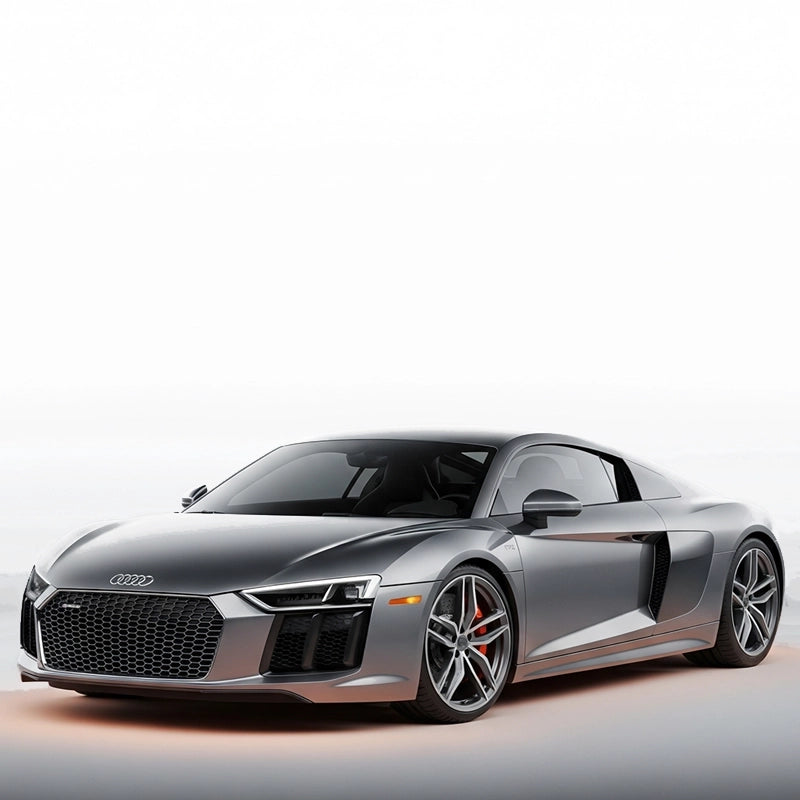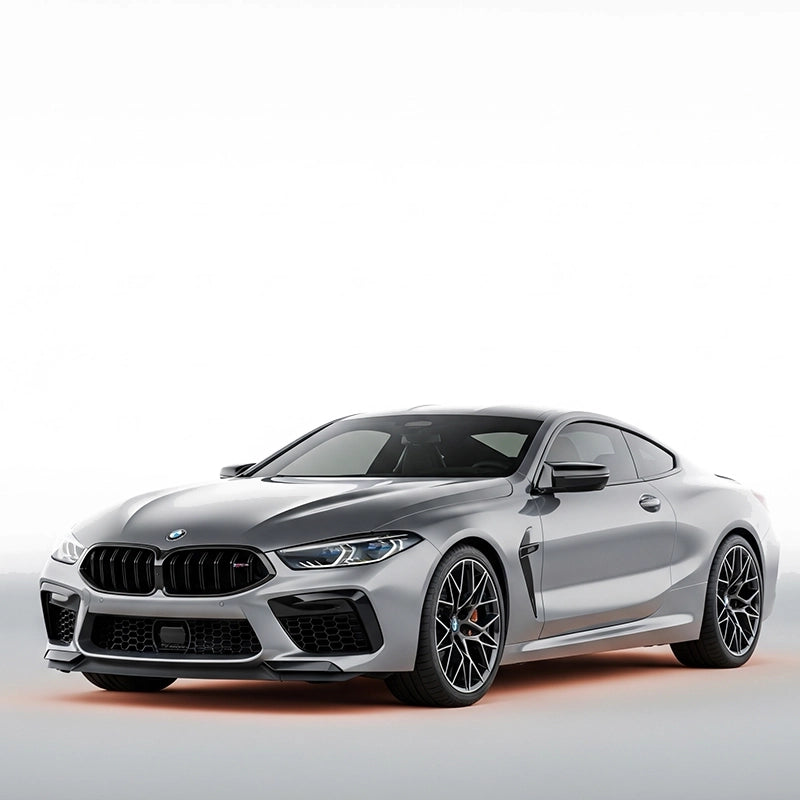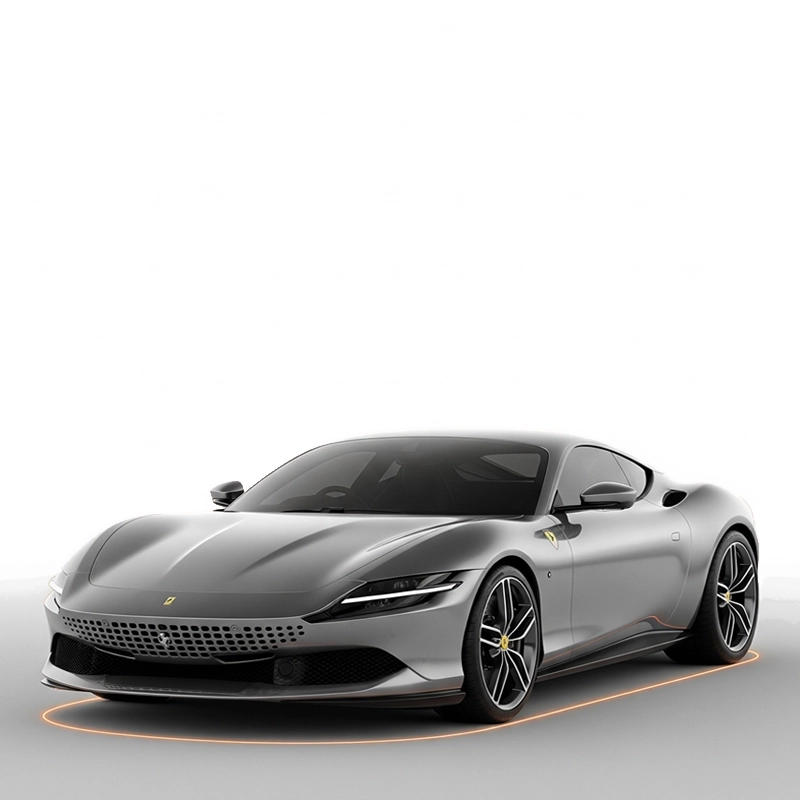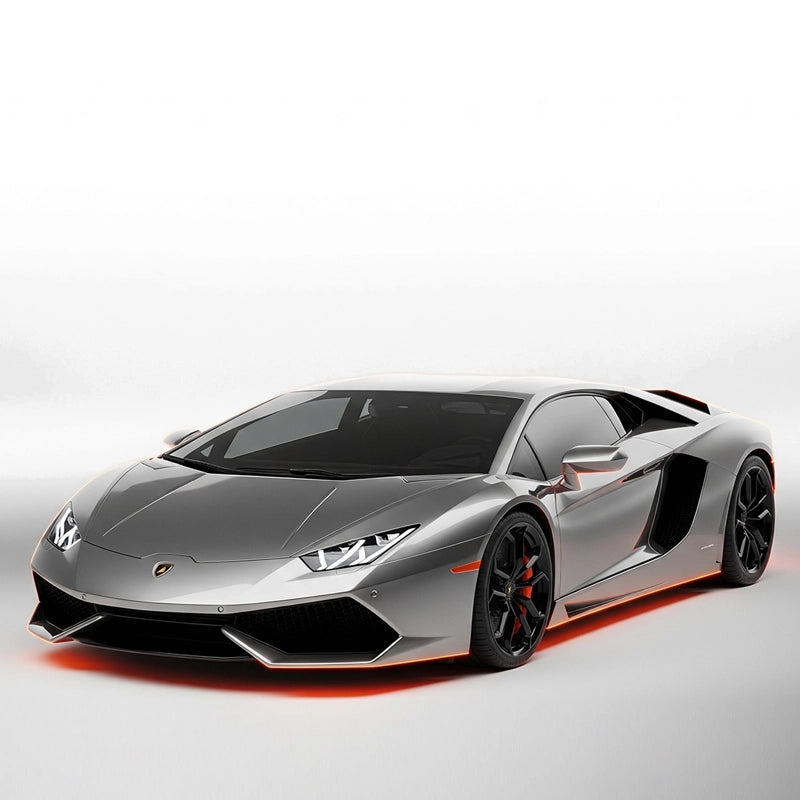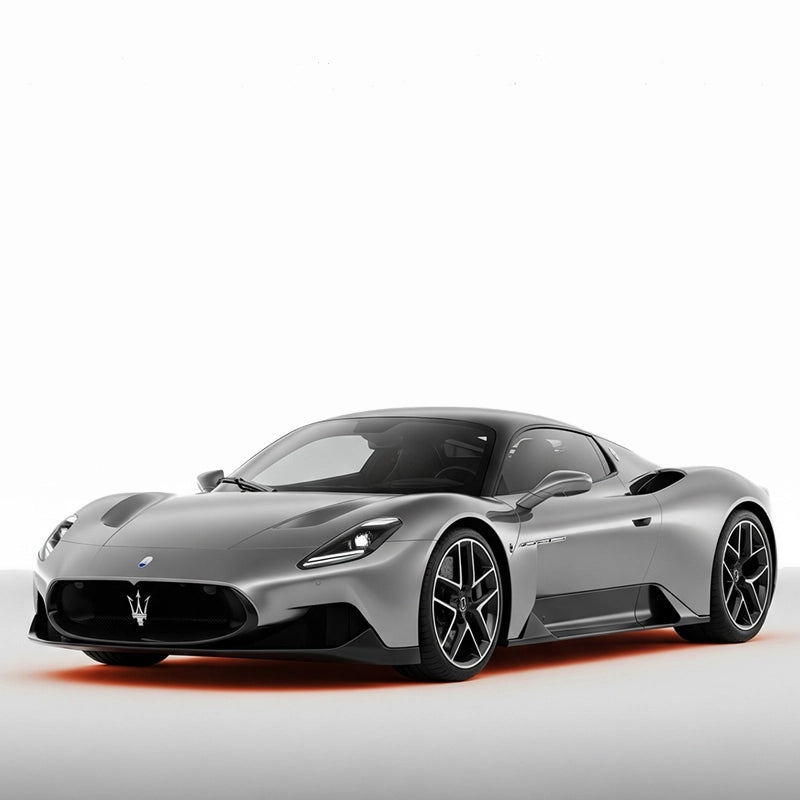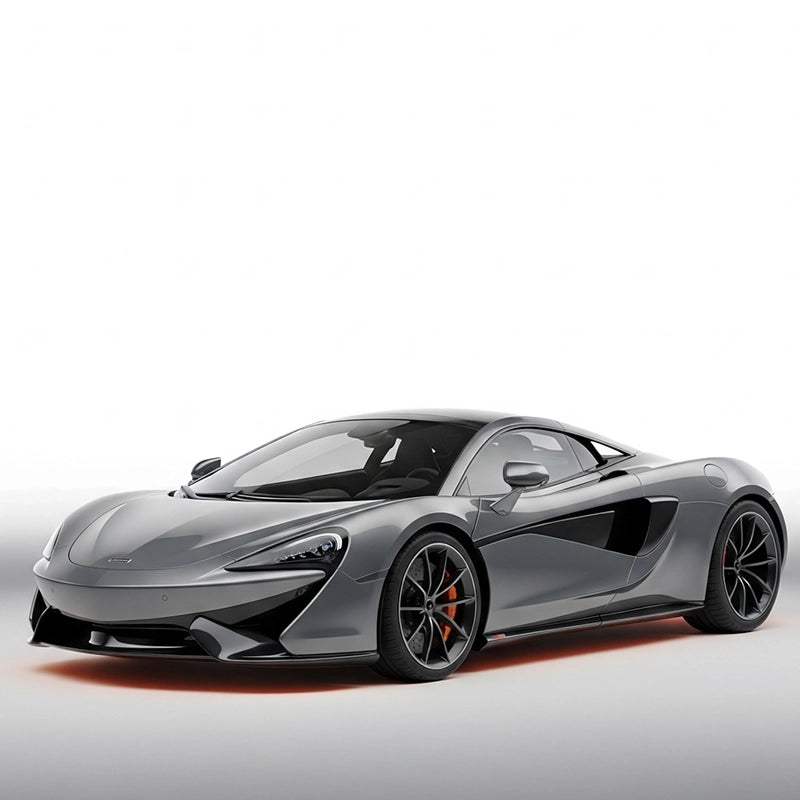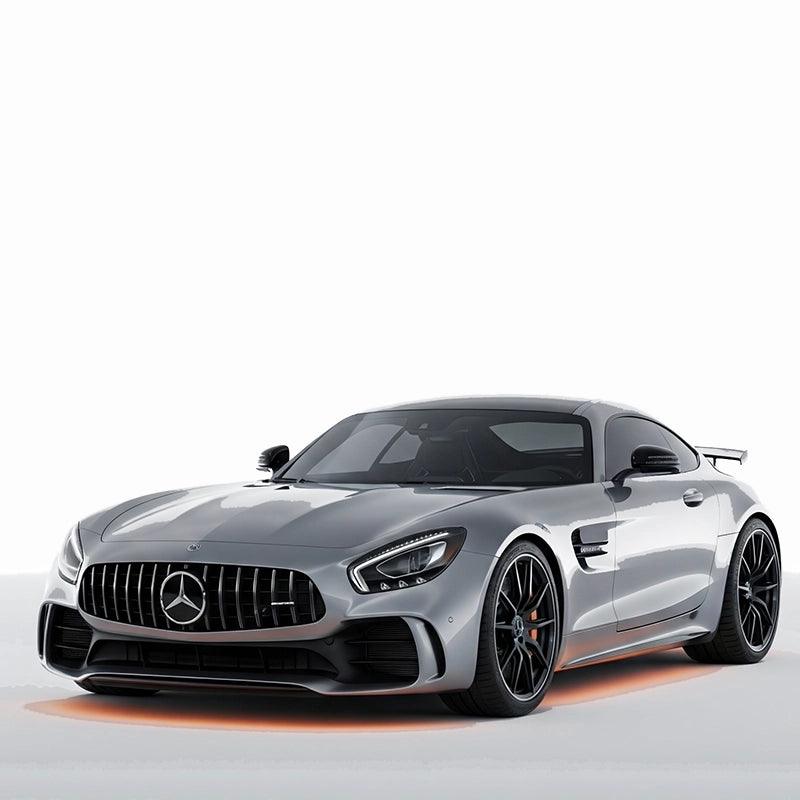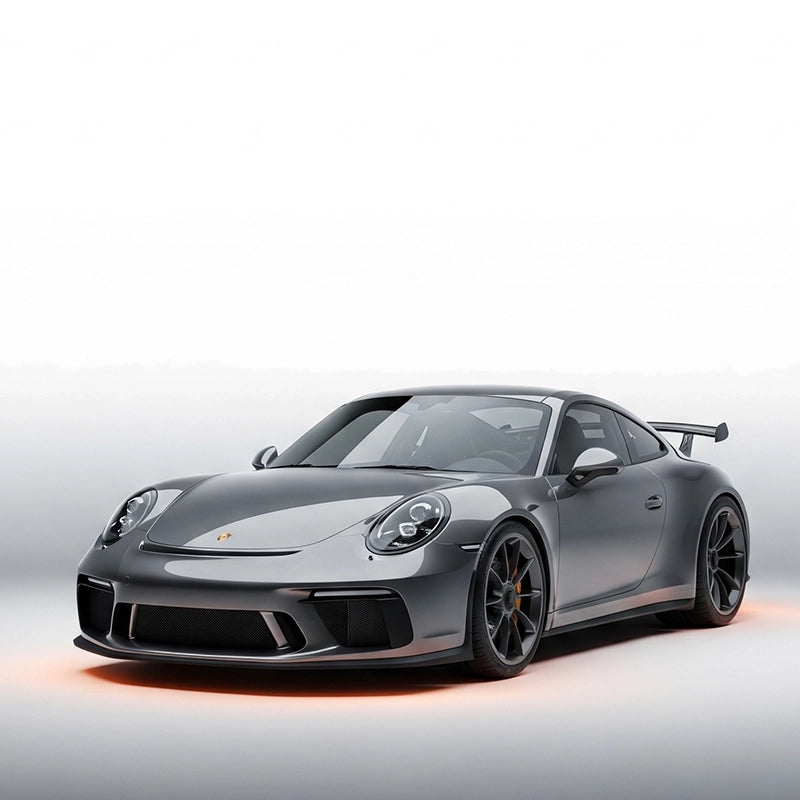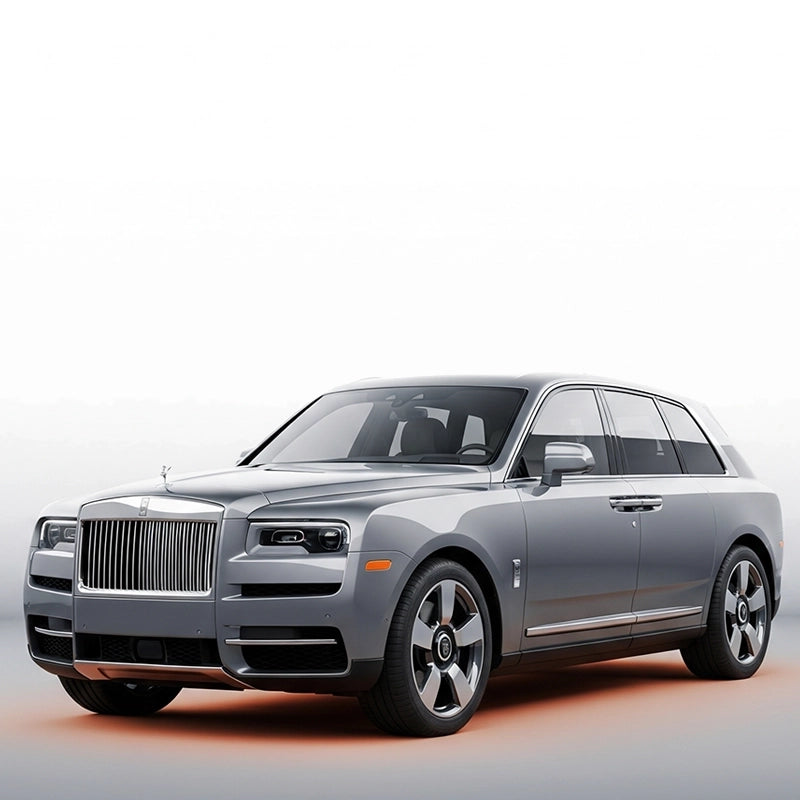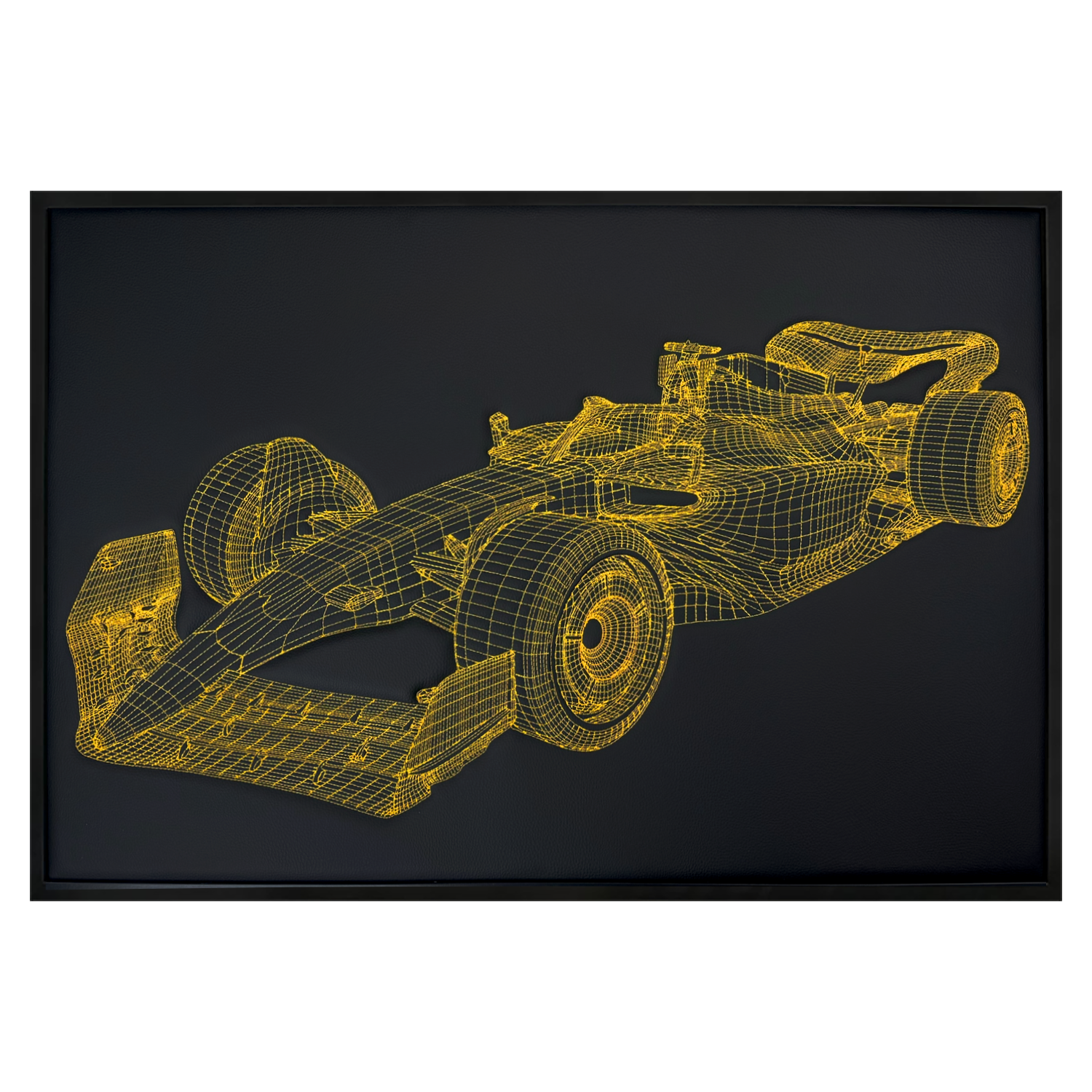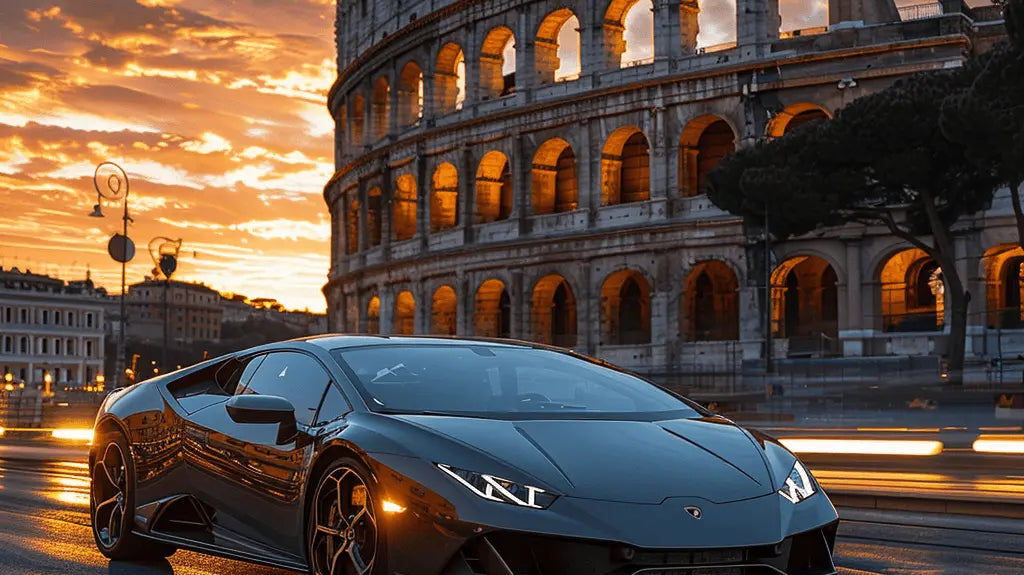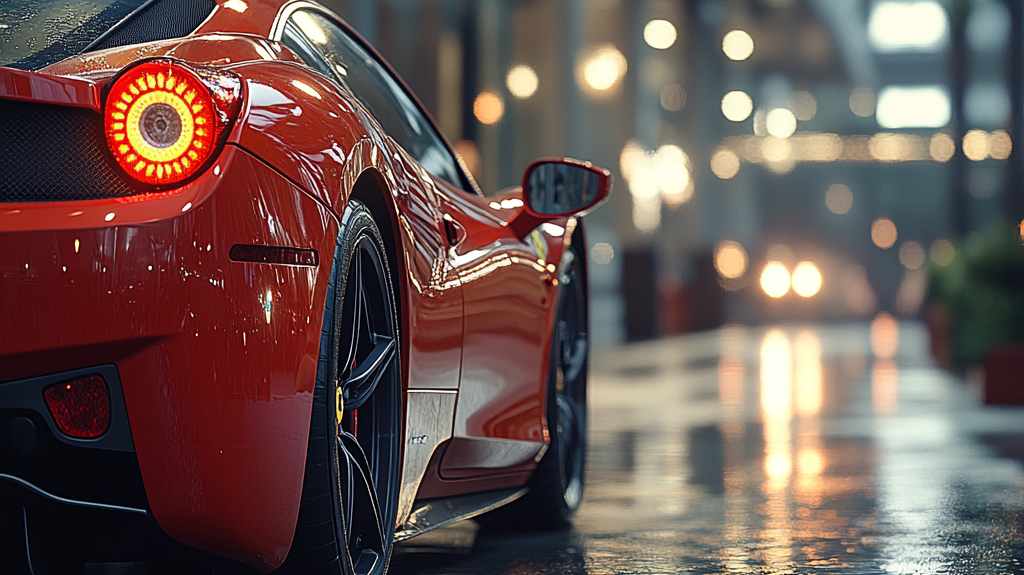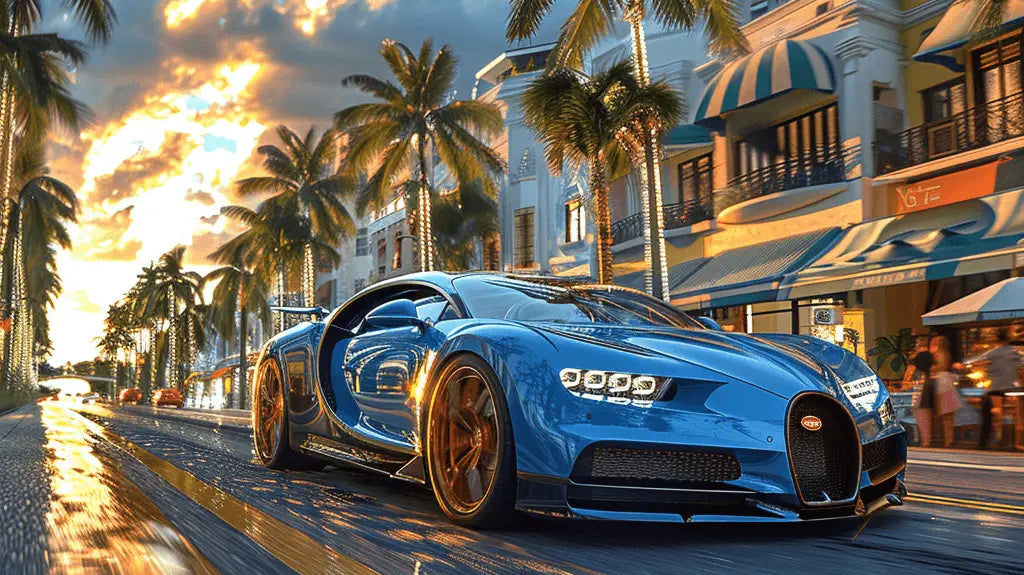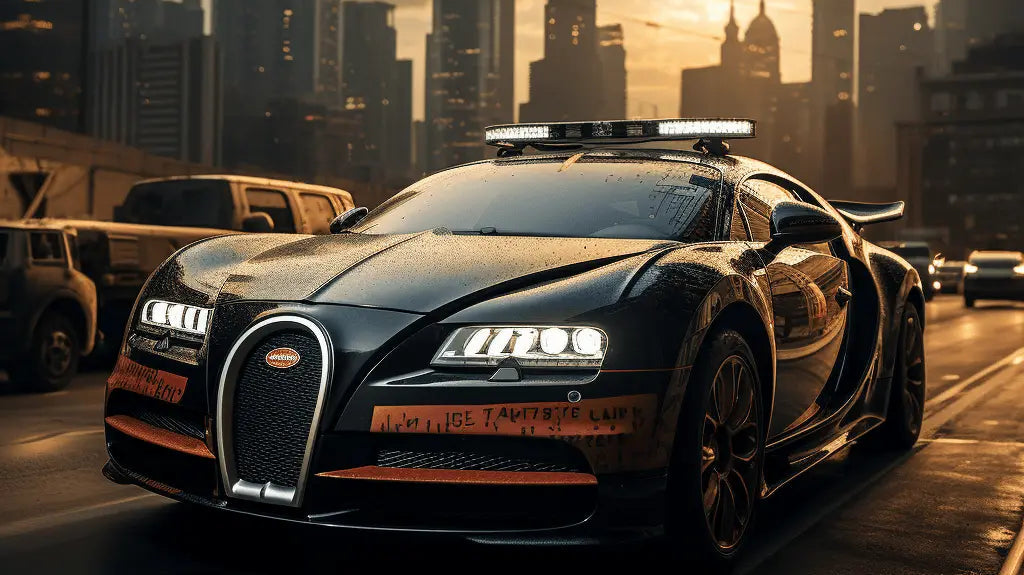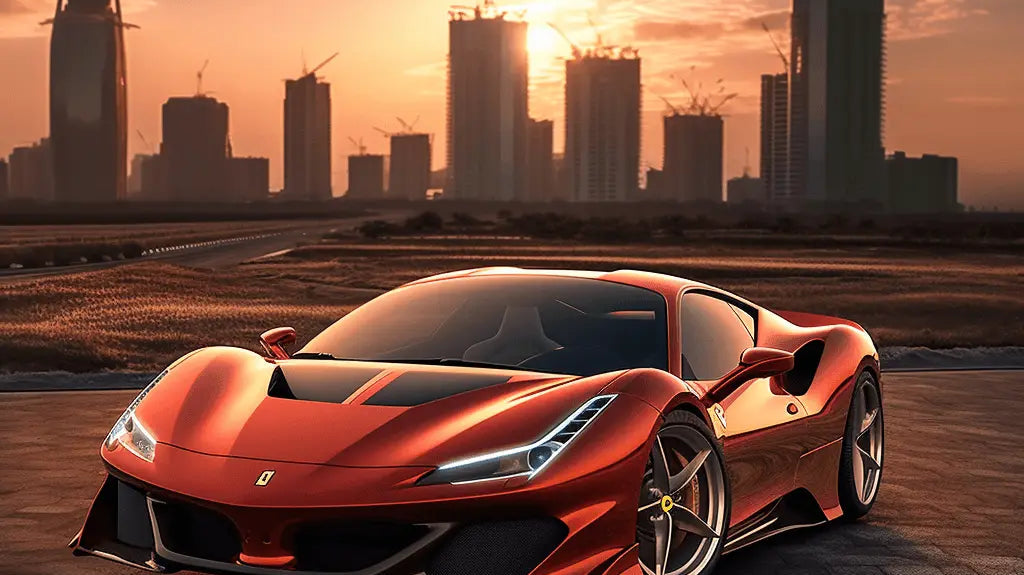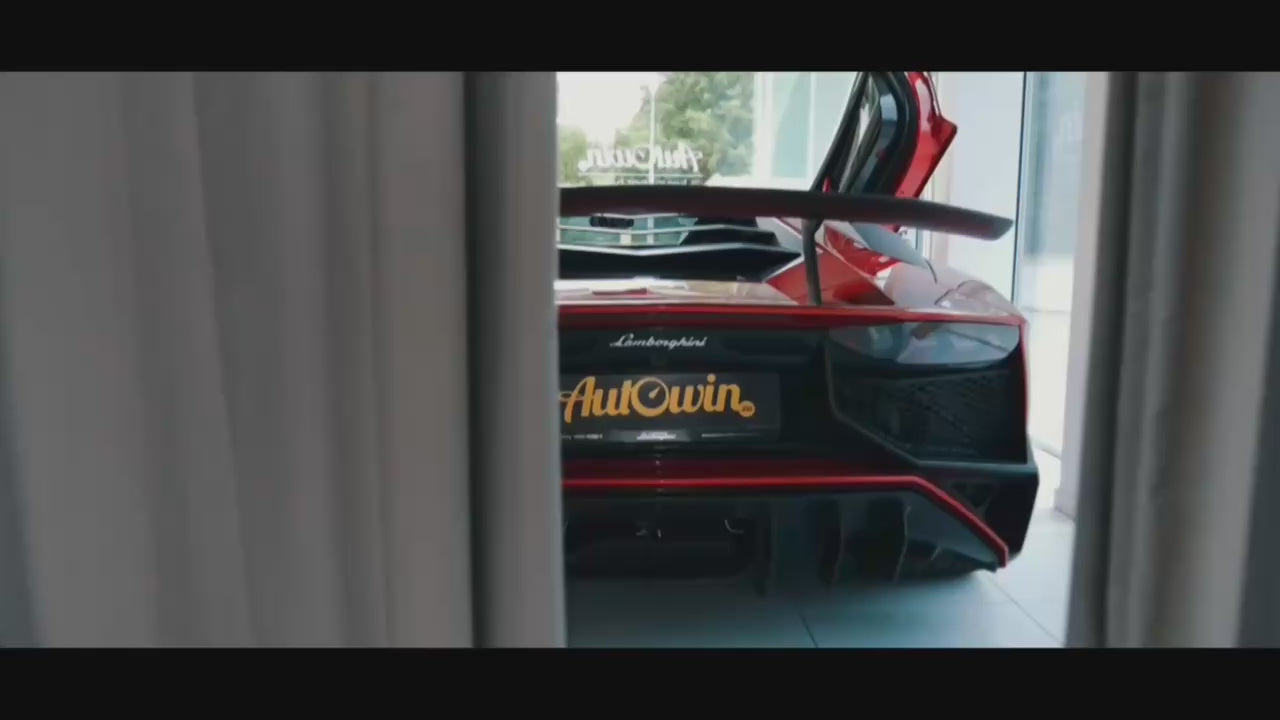Unleashing Performance: When was the McLaren F1 made?
If you’re here for the short answer: the McLaren F1 was made from 1992 to 1998. But to leave it at that would miss the magic. The McLaren F1 isn’t just a date range; it’s a moment in time when engineering bravado met racing nous and decided to build the ultimate road car. I first slid into that center seat years ago for a carefully chaperoned stint at Millbrook. Even at parking-lot speeds, you sense it’s special. The pedals line up with your spine. The view is pure fighter jet. And the V12? It feels alive even before you press the starter.
McLaren F1: The quick facts (and why they still matter)
- Built: 1992–1998 in Woking, UK
- Production: 106 total (including 64 road cars, 28 GTRs, 5 LMs, 3 GTs, plus prototypes)
- Engine: 6.1-liter BMW S70/2 V12
- Power: 627 hp, 479 lb-ft
- 0–60 mph: ~3.2 seconds
- Top speed: 240.1 mph (with rev limiter removed)
- Weight: around 2,509 lb (1,138 kg)
- Layout: central driver’s seat with two passenger seats flanking
Driving the McLaren F1: centre seat, clear head, big grin
That central driving position isn’t a gimmick. You sit exactly where you should—dead ahead, with symmetrical control weights and fabulous sightlines. When I eased it onto a bumpy test route, the unassisted steering telegraphed everything, yet never felt nervous. It rides with a suppleness you don’t expect from something capable of 240 mph. It’s old-school fast: no traction control, no ABS (on most cars), and steel brakes you really have to lean on. Honestly, I wasn’t sure at first if it would feel intimidating. Turns out it’s intimate instead—like driving fast in slippers, just very, very expensive slippers.
McLaren F1 performance and specs
The numbers have been quoted to death because they’re still astonishing. The bespoke 6.1-liter V12, built by BMW Motorsport, produces 627 hp and revs with a crispness that makes modern turbo engines feel a bit… buffered. At 2,509 pounds, the F1’s power-to-weight ratio is the real headliner. That’s why 3.2 seconds to 60 mph feels almost casual, and why it kept the naturally aspirated production car speed crown for decades.
Design and engineering: why the McLaren F1 still reads like future-tech
Gordon Murray’s team treated weight like the enemy. Carbon-fiber monocoque, magnesium bits, titanium fasteners, even a toolbox that weighed less than your laptop. The bodywork is tidy, clean, and functional—no wasted lines. Open the clamshell and you’ll find a shrine to packaging: that gold-foil-lined bay, the immaculate plumbing, and an attention to detail that borders on obsessive. The aero is subtle but effective—an active rear flap and underbody management rather than wings and noise.
McLaren F1 interior: theatre meets purpose
The cabin blends minimalism with a touch of British luxury: leather where your elbows land, a smattering of switchgear that still feels mechanical, and that jewel-like gear lever. The three-seat format makes passengers co-pilots, not luggage. Visibility is outstanding. A few quirks remain: the A/C was never the car’s strongest suit, and ingress is a little yoga-adjacent. But once you’re in, it’s wonderfully natural.
McLaren F1 vs its era (and beyond)
Context helps. Here’s how the F1 stacks up against icons that shaped its legend.
| Car | Power | 0–60 mph | Top Speed | Approx. Weight |
|---|---|---|---|---|
| McLaren F1 (1992–1998) | 627 hp (NA V12) | ~3.2 s | 240.1 mph | ~2,509 lb |
| Ferrari F50 (1995–1997) | 513 hp (NA V12) | ~3.7 s | ~202 mph | ~3,080 lb |
| Porsche 959 (1986–1993) | 444 hp (TT flat-6) | ~3.6 s | ~197 mph | ~3,200 lb |
| Bugatti Veyron 16.4 (2005–2015) | 1,001 hp (W16 quad-turbo) | ~2.5 s | 253 mph | ~4,162 lb |
Racing heritage: the F1 that won Le Mans
Road car first, race car second—or so the story goes. Then the McLaren F1 GTR turned up at Le Mans in 1995 and won outright, against purpose-built prototypes. That victory burned the F1’s name into motorsport history and cemented the road car’s reputation. McLaren’s wider Formula 1 pedigree—multiple championships, legendary drivers, and long stints with Mercedes power—infused the F1 with a sense of inevitability. Of course it was brilliant.
Life with a legend: the human stuff
Owners I’ve spoken to describe two realities. First: every drive feels like an occasion, even just a nighttime loop to keep the fluids moving. Second: you plan ahead. Ride height is low, turning circle is modest, and service trips can be an event in themselves. But the trade-off is clarity—no screens, no modes, no filters. Quiet enough to hear your passenger laugh, loud enough to hear twelve cylinders wake up the road. The good life, then, with a touch of mechanical honesty.
Protecting the cabin: tailored accessories for modern McLarens
If you’re the sort who keeps silica gel packets in the garage (guilty), you’ll appreciate preserving the interior of any McLaren you own now—650S, 720S, or that unicorn SLR in the other bay. Proper, tailored mats help, especially if you actually drive the thing. These are designed to take the grit so your carpets don’t have to.
The McLaren F1’s lasting legacy
The F1’s influence is a straight line through to modern McLarens. Lightness still matters. Driver focus still matters. And there’s a humility to the engineering: the solution is only there if it earns its keep. You feel that in a 720S on a fast B-road just as you feel it the moment an F1 settles onto a cambered bend and breathes with the surface.
Where the market sits today
F1 values have climbed into the stratosphere, and special colors or unique provenance (ex-Le Mans support cars, delivery-mile examples) can add eye-watering premiums. A black McLaren F1 looks understated and mean in the metal, and yes—when one pops up for sale, collectors scramble.
Conclusion: When was the McLaren F1 made—and why we still talk about it
The McLaren F1 was made from 1992 to 1998, but its relevance is timeless. It distilled racing intelligence into a road car with almost no filters: central seat, featherweight build, a naturally aspirated V12 with perfect manners and big lungs, and performance that still reads like a dare. That’s why, decades on, the McLaren F1 remains the benchmark by which we quietly measure hero cars. And if you own a modern McLaren, a small piece of that spirit lives in your garage—keep it tidy, drive it often, and let it sing.
FAQ: McLaren F1
- When was the McLaren F1 made? From 1992 to 1998.
- How many McLaren F1s were built? 106 in total, including 64 road cars and various racing/limited variants.
- What is the McLaren F1’s top speed? 240.1 mph in a de-restricted run.
- What engine does the McLaren F1 use? A 6.1-liter BMW S70/2 naturally aspirated V12 producing 627 hp.
- Did the McLaren F1 win at Le Mans? Yes—overall victory in 1995 with the F1 GTR.

